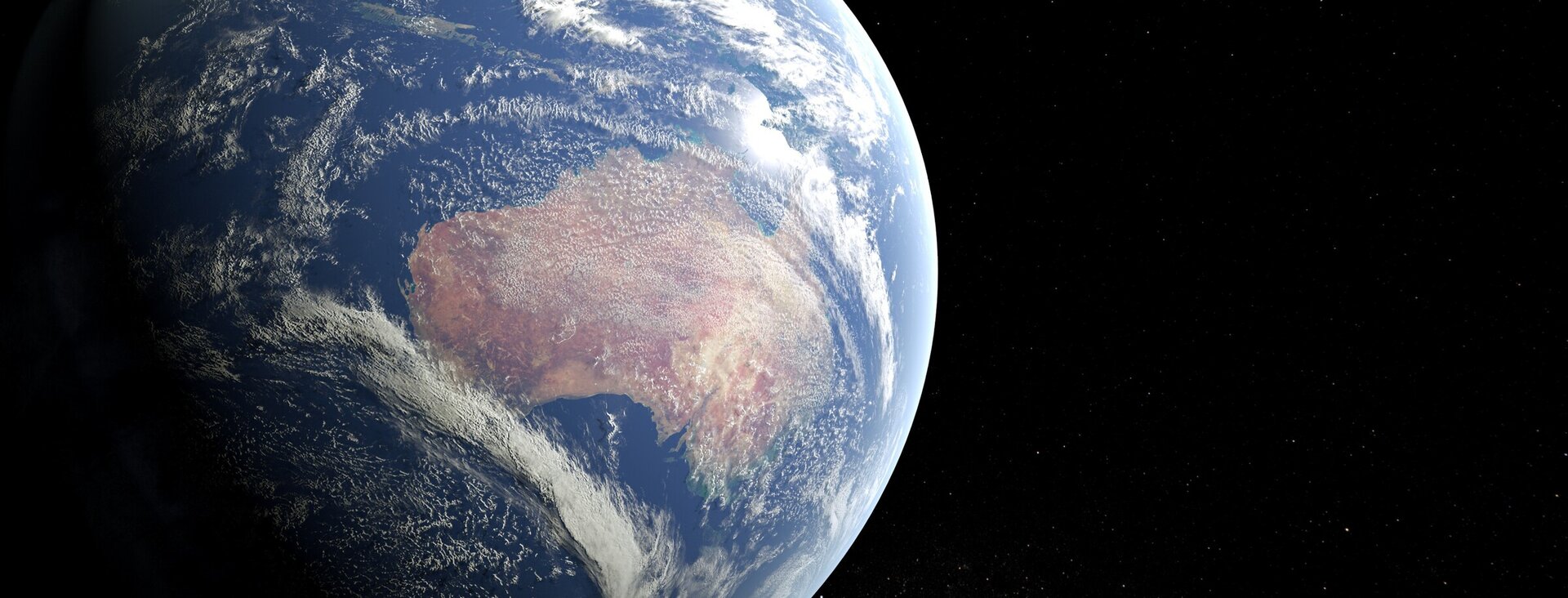We are often asked what is so special about seaweed from Norway? What about Japanese seaweed or Australian seaweed? What about seaweed nori, nori sheets, and other edible seaweed types?
The Australian Government doesn’t allow harvesting of native seaweed underwater - in fact in 2012 the giant Bull Kelp forests in Tasmania were placed under protection.
Australia does have a seaweed industry though, and a number of companies in Tasmania, Victoria and South Australia now have special licenses to be able to gather storm cast kelp that washes up on some of our most southerly beaches.
Tasmania is more than twice as far from the South Pole as Norway is from the North Pole, so the seas around southern Australia are relatively warm – too warm for Ascophyllum nodosum to grow.
Norway has over 400 species of seaweed and types of algae, and the biomass of Ascophyllum nodosum alone is estimated to be around 1.8 million tonnes. The coastline of Norway is so long that if it were stretched out it would wrap around the equator of our planet one and a half times! That's a lot of growing space!
The seaweed industry in Norway is crucial to their economy and is closely regulated and supported by their government. For centuries the Norwegian people have been harvesting seaweed to use as feed for their animals and fertilizer for their crops. The burning of kelp & seaweed for potash for the European soap and glass industries was an important revenue source for coastal farmers from about 1750 right up until the 1930’s.
Seaperia is 100% Ascophyllum nodosum, a particular organic seaweed that thrives on the harsh rocky shorelines of Norway as well as Scotland, Canada and Iceland. The beautiful photo at the top of this page shows the seaweed fresh in its natural environment. Growing within the tidal zone, at low tide it hangs over the rocks baking in the hot sun, and then at high tide it is covered by freezing Arctic waters. Scientists believe these extreme conditions are what gives Ascophyllum nodosum its unique properties. It is the most studied seaweed in the world, and proven to be the best agricultural seaweed available.
The seaweed beds are owned by the adjacent land-owner - the harvester has to gain permission from the land-owner and enter into a contract with them at every harvest. Environmental protection regulations must be respected, and each area is only harvested once every 4 to 6 years.
Modern harvesting machinery takes only the floating tops of the seaweed, where old-fashioned hand harvesting took virtually the entire plant. For this reason it is believed that the seaweed beds are actually in better condition now than they were decades ago.
In Norway the Ascophyllum nodosum that becomes our Seaperia is picked fresh and processed within hours. Seaweed doesn’t absorb salt from sea water so it is easily washed and cleaned of any shells or other impurities, and each batch is checked for quality.
The actual process which transforms the fresh seaweed vegetable into soluble granules is a closely guarded secret – no other country or company has been able to match the dissolvability and super concentration of the superior Norwegian product.
At Seaweed Enterprises Australia we feel privileged to have the opportunity to supply Australia with Seaperia 100% pure Norwegian Ascophyllum nodosum, the ultimate nutrition plant.
Healthy plants, animals, soils, people and planet – that’s what we are all about.
Blog post by Liz



